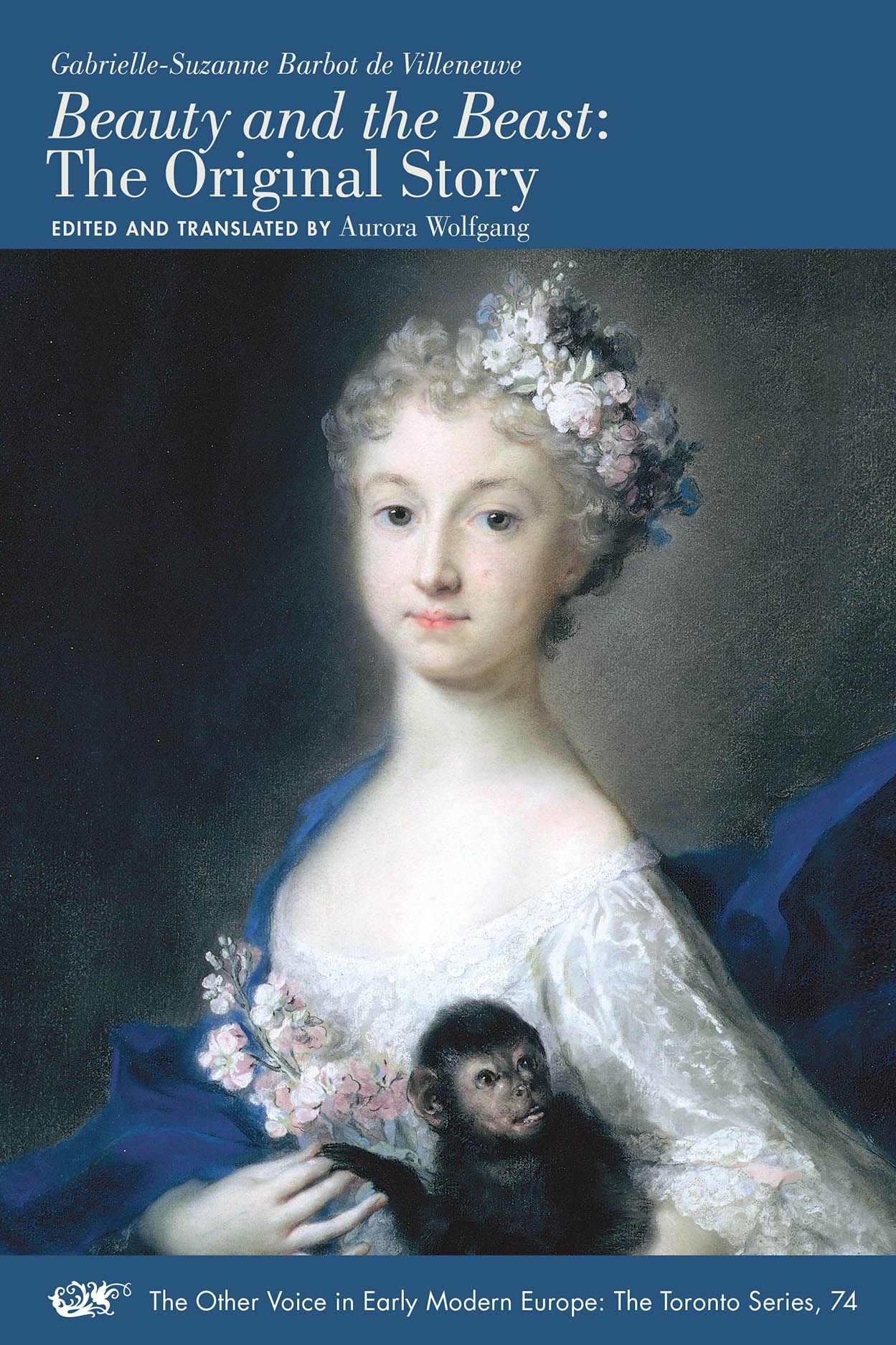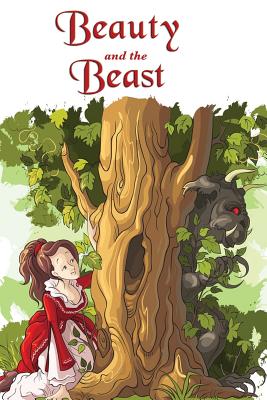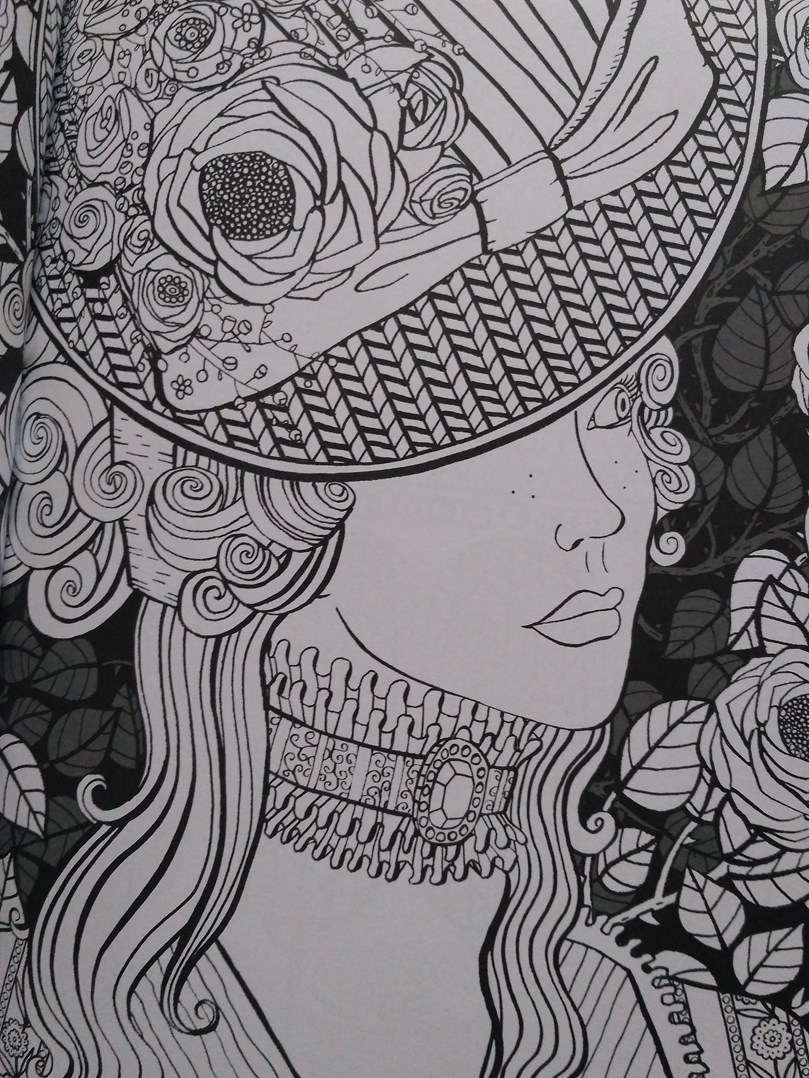



She explores the palace, making animal friends who treat her like a queen, and watches grand performances through a magic mirror. The following days aren’t as sorrowful as Beauty expected. Although the Beast frightens her, she agrees to stay forever and to never see her family again. At home, the merchant explains what happened, and Beauty offers to go in his place, since her desire for the rose caused the problem. The merchant begs for forgiveness, explaining the rose is for his daughter, and the Beast lets the man leave under the condition that he or one of his children will return to pay the debt owed for the rose. Wanting to fulfill at least one request from his children, he picks a rose for Beauty, but the castle’s master-a terrible Beast-stops him from leaving. After wandering through the trees, he comes upon a magnificent, magical castle with a garden of blooming roses. Learning that his wares were stolen, the merchant returns home but is waylaid by a terrible snowstorm in the woods near his house. All his children ask for extravagant gifts upon his return, except Beauty-who wants only a single rose. Two years later, the merchant learns that one of his ships wasn’t lost and goes to reclaim his wares. While Beauty’s siblings are discontent with the change, Beauty remains steadfast and cheerful, which causes all who meet her to call her “Beauty.”

One day, the family’s house burns down, which sets off a string of unfortunate circumstances, forcing the family to move to the country. Beauty is the youngest of 12 siblings and the daughter of a wealthy merchant. This guide follows the 2016 Harper Collins special illustrated edition of Beauty and the Beast.īeauty and the Beast takes place in an unnamed land in an unspecified location. She published four novels, one novella, and two collections of fairy tales, the most prominent of which was La Jardinière de Vincennes ( The Gardener of Vincennes, 1753). She was widowed at age 26 and shortly thereafter became acquainted with royal literary censor and tragic author Crébillon père, who inspired her to write her own works. Barbot De Villeneuve was born into a prominent Protestant family and later married into nobility, only to request a separation of property from her husband within six months because he squandered much of their joint assets. 1685-1755) was a French novelist, who was heavily inspired by such authors as Madame d'Aulnoy and Charles Perrault. Gabrielle-Suzanna Barbot De Villeneuve (c.


 0 kommentar(er)
0 kommentar(er)
